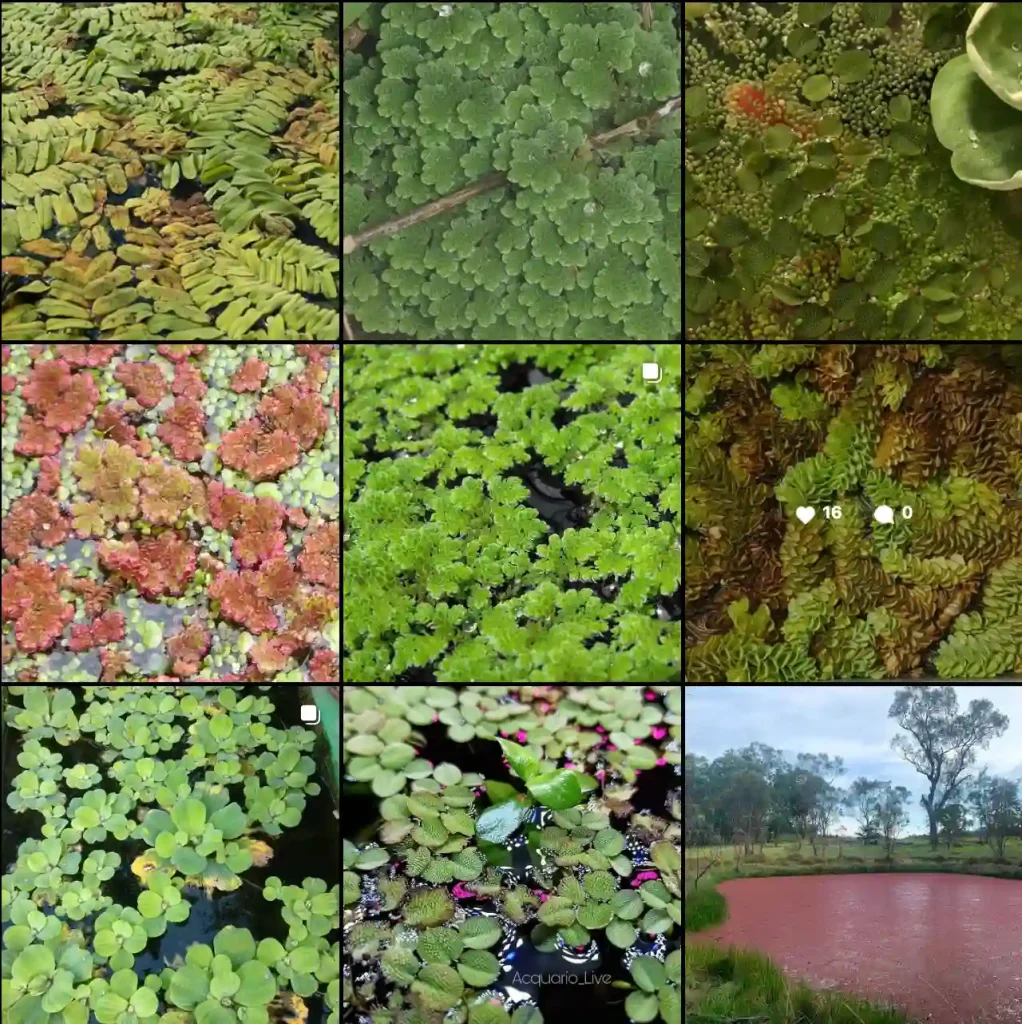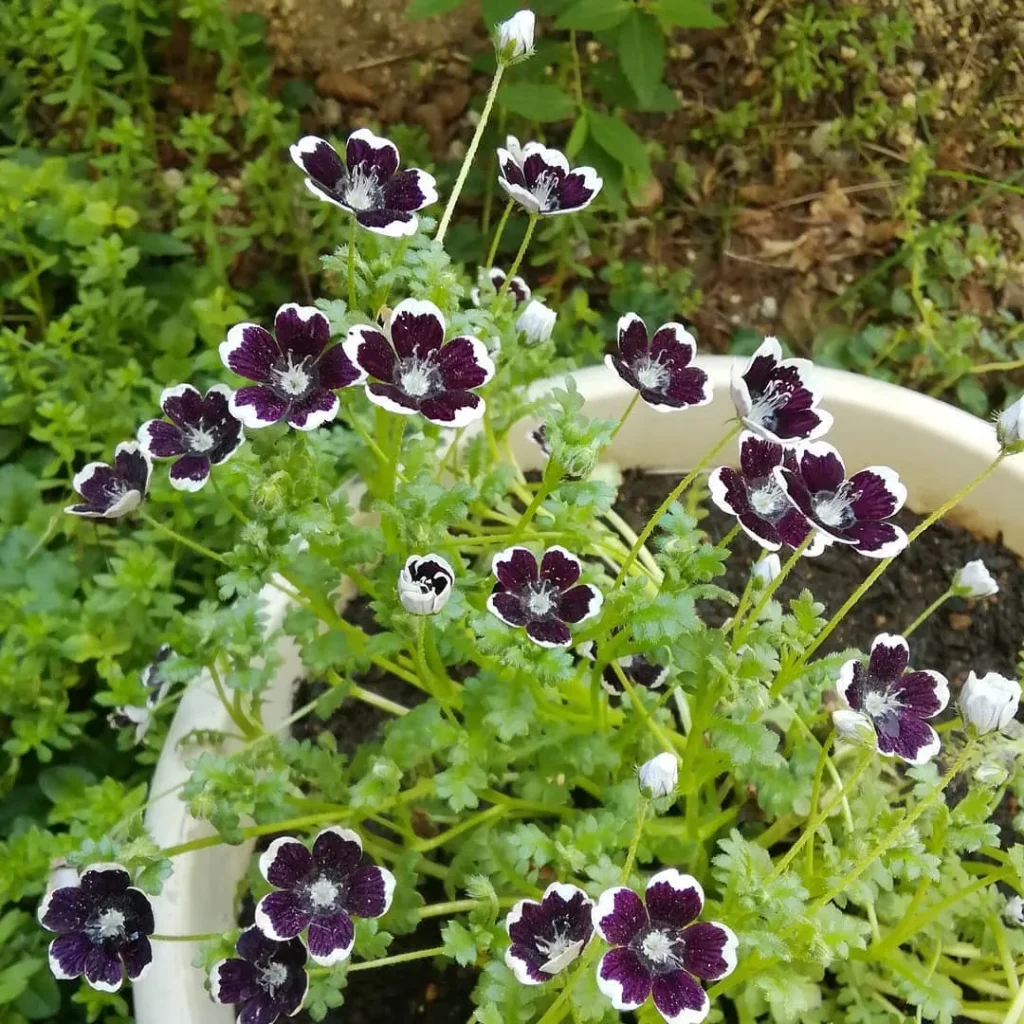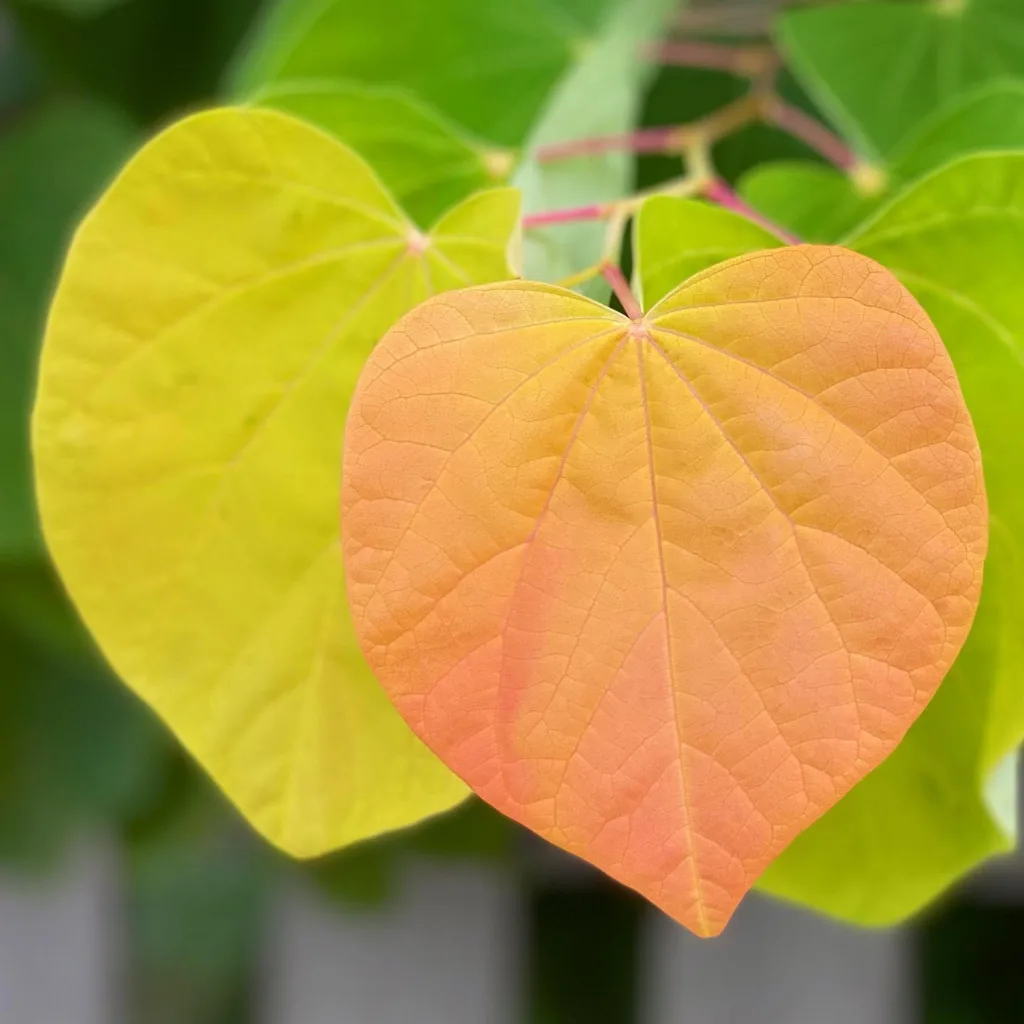The Suicide Tree: My Exploration of the Cerbera Genus
As a botanist, I’ve always been drawn to the unusual and the dangerous in the plant world. That’s what led me to the Cerbera genus, a group of flowering plants better known by the ominous moniker, “suicide tree.” The name is no exaggeration; these seemingly innocuous trees harbor a deadly secret within their fruit.
My fascination with Cerbera began with a news article about a string of deaths in India. The culprit? A potent cardiac glycoside called cerberin, found in the seeds of the Cerbera odollam tree. This compound disrupts the heart’s rhythm, often leading to death within hours of ingestion. The article detailed how the fruit, with its fleshy outer layer and hard inner kernel containing the poison, was being used in cases of suicide and even homicide.
Intrigued, I delved deeper into the world of Cerbera. I learned that the genus belongs to the Apocynaceae family, which also includes more benign plants like oleander and periwinkle. Native to tropical regions of Asia, Australia, and Madagascar, these evergreen trees and shrubs thrive in coastal mangrove forests and along riverbanks. Their glossy green leaves, fragrant white flowers, and attractive fruit make them a common sight in these landscapes.
Unmasking the Killer: Cerbera Species
The Cerbera genus comprises several species, each with its own unique characteristics and distribution:
- Cerbera odollam: This is perhaps the most well-known species, infamous for its role in numerous poisoning cases. It’s commonly found in India, Southeast Asia, and northern Australia. – Plant FAQs: Cerbera Odollam – Suicide Tree
- Cerbera manghas: Also known as the “sea mango,” this species is widespread throughout Southeast Asia and the Pacific Islands. Its fruit resembles a small mango, but contains the same deadly toxin.
- Cerbera floribunda: This species is native to Australia and is commonly known as the “cassowary plum.” The fruit is a favorite food of cassowaries, who can apparently tolerate the toxins that are harmful to humans.
- Cerbera inflata: Found in Australia and New Guinea, this species is characterized by its inflated fruit, which helps it disperse seeds via water.
- Cerbera dumicola: This species is native to Madagascar and is less well-known than its counterparts.
- Cerbera laeta Leeuwenb.
Beauty and Danger: The Allure of Cerbera
Despite their deadly reputation, I find Cerbera trees strangely beautiful. Their elegant form, fragrant blossoms, and vibrant fruit are a testament to nature’s artistry. However, their toxicity serves as a stark reminder of the power and danger hidden within the natural world.
My research on Cerbera has taken me from dusty libraries to lush botanical gardens, where I’ve observed these plants firsthand. I’ve examined their leaves, flowers, and fruit, marveling at their intricate structures. I’ve also spoken with local people who live alongside these trees, learning about their traditional uses and the precautions they take to avoid accidental poisoning.
In some cultures, Cerbera has been used for medicinal purposes, with extracts from the leaves and bark employed to treat various ailments. However, the high toxicity of the plant makes its medicinal use extremely risky.
The Importance of Awareness
My work on Cerbera has reinforced the importance of public awareness about plant toxicity. Many people are unaware of the potential dangers lurking in their own backyards or in the exotic plants they bring into their homes. Education is crucial to preventing accidental poisonings and ensuring the safe use of plants for medicinal or other purposes.
As I continue my exploration of the Cerbera genus, I’m driven by a desire to understand the complex interplay between beauty, danger, and human interaction with the natural world. These trees, with their deadly secret, serve as a powerful symbol of the respect and caution we must exercise when dealing with the forces of nature.
If i die, water my plants!



